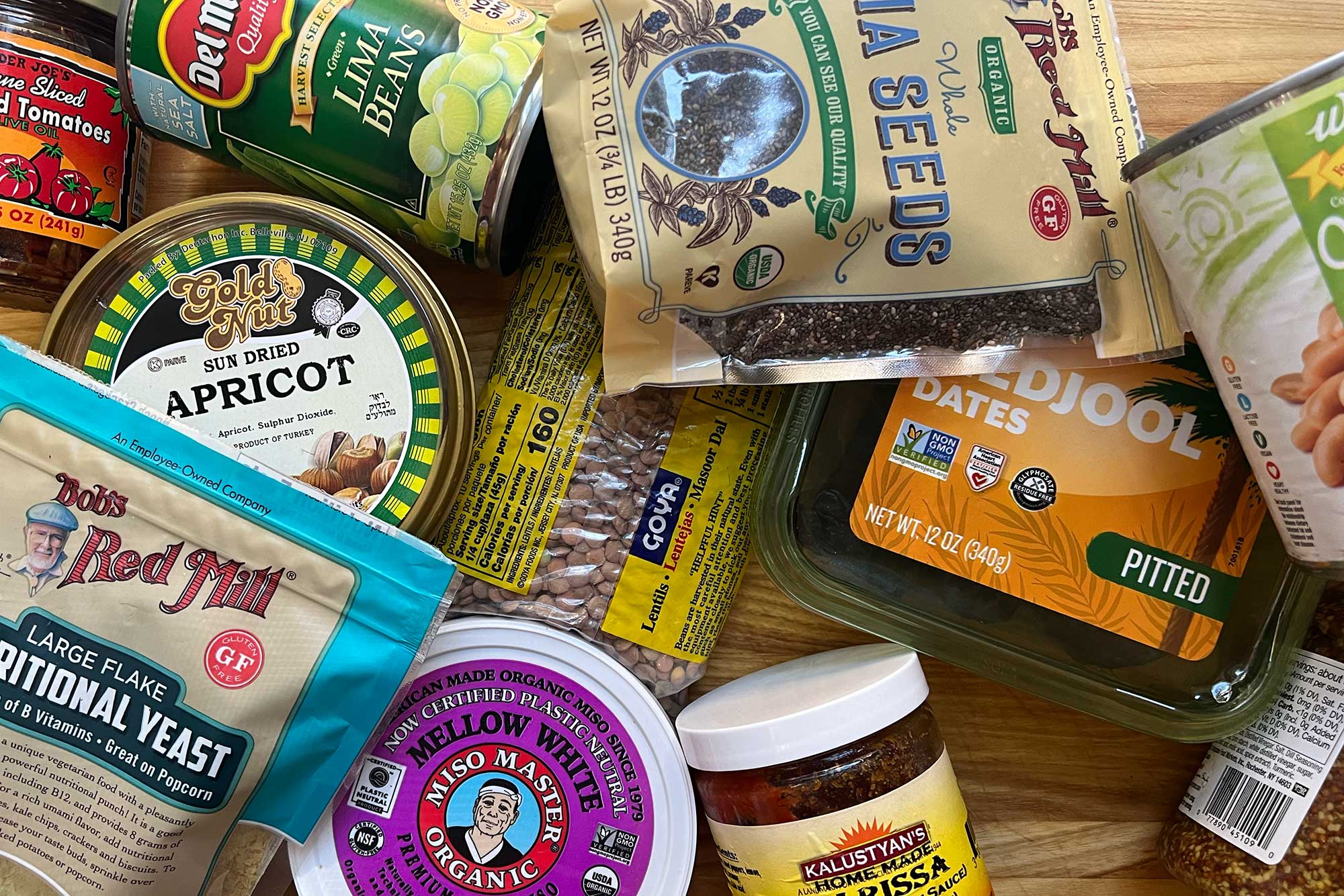Hey team, and welcome back to Cool Beans! Corinne here, your editor-in-chief. I decided to jump in today because January’s the rebooting season. And because of that, a lot of you are new to our particular slice of the food world and might be wondering: What exactly is the Cool Beans diet?
Cool Beans is about eating for the planet in a way that’s as delicious as it is accessible. Our prime directive is to serve up the recipes and choices each of us can make every day to reduce the amount of planet-warming carbon that gets spat into the atmosphere. That means a lot of things—from diving into the footprint of organic produce to identifying the lowest-impact cooking oil—but primarily it’s about two: substantially cutting down on meat and not wasting food. Taken together, those two actions can trim any individual’s greenhouse gas emissions by 12%.
We don’t have a tidy, hashtag-able moniker for this type of eating, mainly because we believe that change you can stick to requires equal parts clarity and flexibility. (No #veganuary here.) We also took stock of other Earth-first diets and terms like climatarian, reducetarian, and flexitarian. These plans, for the most part, are plenty adaptable, but often at the expense of a defined menu. Adherents make one-off choices about the nuts they eat or the produce they buy. Getting started can be paralyzing.
Why not just make Cool Beans vegan then? I’ll give you that “no animal products” is plenty clear, and, yes, if everyone magically went on an all-plant diet tomorrow we’d be in great shape, but not all animal products are equal if we’re talking carbon. Take eggs, widely regarded as one of the best protein sources around: Producing a pound of huevos creates less than 1/20th of the greenhouse gas emissions as producing a pound of beef and only a shade more than tofu (another of our favorite proteins). Besides, I’d never advise anyone to do something I wouldn’t do, and I’d never give up mayo.
Downing some animal proteins actually helps the planet, too. Oysters and other farmed bivalves are not only lower on the warming charts than any protein other than soy milk, but they also improve the conditions where they’re farmed by filtering the water. And supping on wild game like venison or invasive species like copi (née Asian carp) can help restore balance in struggling ecosystems. I could go on…
If all this is starting to sound kinda squishy, that’s because it is. So here’s the deal I’ll make with y’all: You eat less meat and waste less food, and we’ll keep answering all the other questions that pop up along the way. In fact, if there’s something you’re particularly curious about, drop me a line at corinne@one5c.com and we’ll get into it.
In the meantime, keep up the good work. I’ll try, too.
—Corinne

